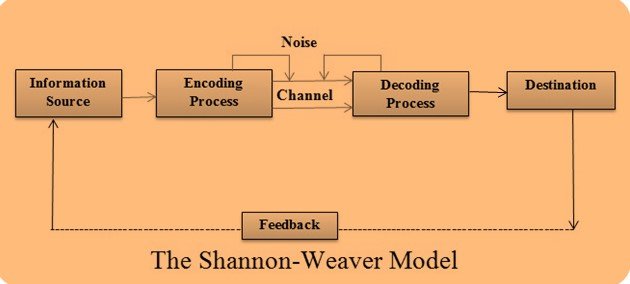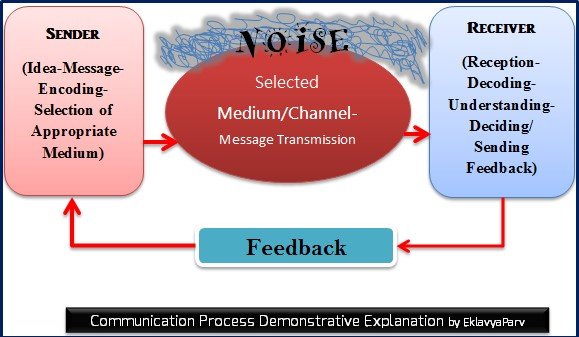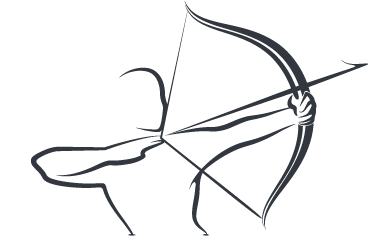“Little pigeons can carry great messages!" We all need to remember this old and wise saying about communication and its vehicles. Defining Communication Skills and Screening the ‘Implicit Scope’ of Communicative Competence is not a big deal now. We see the impact and its role everywhere.
Before we go into academically required descriptions of communication, we should note three possessions that communication carries:
- Communication is an exchange/transmission/transfer, and it can only happen when the sender and receiver have ‘Consideration’ for the effort and for each other.
- Correctness in the processed information is central to the establishment of ‘shared understanding’, which is the goal of communication.
- Clarity of Thoughts and Expressions is a prerequisite to accomplish the desired responses.
Communication, according to the basics, primarily depends on the interpretation of the conveyed messages. The objective of shared understanding is achieved when both the Sender and the Receiver put forth their efforts to ‘Detect and Correct’ the ‘Noise’ in the exchange of messages. Most of us believe that Communication is an ongoing process, and it becomes more sustainable when ‘common ground’ is created. Until this commonness is received, the involved parties must maintain ‘assumed mutual beliefs and shared mutual knowledge’.
With the passage of time, thinkers have evolved various model frameworks to communicate. Starting with the Linear Model (Harold Lasswell) to the Modern developments of multi-dimensional communication, we have come a long way. The Linear Model stands for:
Who?
Says What?
To Whom?
In Which Channel?
With What Effect?
Here it ends! But do we think there can be an end, even to a process as stated above? The earth is said to be round, probably because of the ‘pervasiveness’ of communication. The things that we have said-transmitted-shared are bound to come back to us with the desired response or a failure to do so. When there is a ‘letdown’ in the process, we always search for the ‘cause’ and make a fightback to achieve the feedback. The barriers are integral to the communication process, and one cannot just shut their eyes to them, going by the ‘One-Way’ process.
I believe and share it in writing that: “Barriers must not be taken as walls; they are mere speed-breakers to slow down the process and create a trap for the communicators; it is up to them if they fall into it or rescue their communication by timely detection and corrective measures.”
Before we discuss Barriers to Communication in detail, we shall learn more about the popular and acknowledged Model by Shannon and Weaver.
The complicated nature of human communication brought into theory another understanding: Two-Way Communication.
C.E. Shannon and W. Weaver said that in actual practice, the transmitted messages could get blocked, rejected or even changed. They highlighted the need to Re-See at the transmitted messages as there were intentions to be fulfilled when the process started. Charles Handy assertively said: “If there is one general law of communication, it is that we never communicate as effectively as we think we do.” So what, then? We Need to Correct! We need to detect the bugs so as to fix them on time. Communication Breakdown happens not because the system failed, it happens just because the feedback was not being taken care of. The Responses of the involved stakeholders in the communication process matter most.
Shannon-Weaver Model shared the understanding that if there is ‘NOISE’ or any barrier that has hindered the transmission of information, it can be detected and countered only through ‘Feedback’. The emergence of feedback as a component proved significant, and what we know as Effective Communication today is the product of this ‘feedback facilitated communication’.

The definition by Kant also suggests identical processing of Communication:

Presentation for Students:
Read More:
Barriers:
7 Credentials of Communication:







